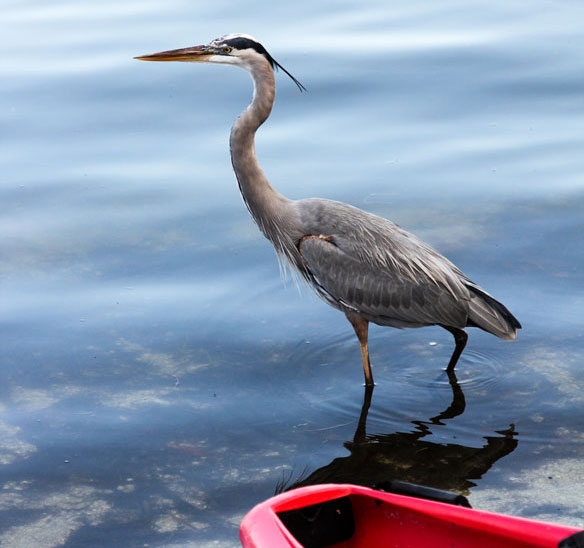
‘Old Florida’ charm comes naturally in Sanibel, Captiva
GREG COATES
No street lights, no buildings higher than three storeys (the height of the area’s tallest palm trees), 24 km of beaches, 40 km of bike paths and plenty of wildlife – but not of the crazy nightlife genre – all make for a perfect family getaway along Southwest Florida’s Gulf Coast.
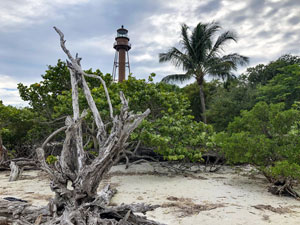 Specifically, we’re talking about Lee County’s The Beaches of Fort Myers & Sanibel (located between Naples and Sarasota), offering unspoiled natural beauty – there are no theme parks here – and ranked as one of the top places in the US for shelling and home to 100-plus barrier and coastal islands.
Specifically, we’re talking about Lee County’s The Beaches of Fort Myers & Sanibel (located between Naples and Sarasota), offering unspoiled natural beauty – there are no theme parks here – and ranked as one of the top places in the US for shelling and home to 100-plus barrier and coastal islands.
The area is served by Fort Myers’ Southwest Florida International Airport, and includes direct services from Canada.
The Beaches of Fort Myers & Sanibel, which also includes Captiva, is widely recognized and consistently ranked as one of the nation’s top destinations for beach combing, shelling, kayaking and bird watching.
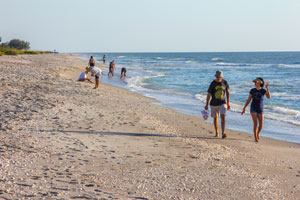 The shelling postures are so common, in fact, they’ve been given names – the Sanibel Stoop and the Captiva Crouch. More than 400 varieties of shells can be found on the beaches, particularly after an especially high or low tide. And for “shellers,” there’s the Bailey-Matthews National Shell Museum, described as the most comprehensive, accredited museum in the Western Hemisphere devoted solely to shells.
The shelling postures are so common, in fact, they’ve been given names – the Sanibel Stoop and the Captiva Crouch. More than 400 varieties of shells can be found on the beaches, particularly after an especially high or low tide. And for “shellers,” there’s the Bailey-Matthews National Shell Museum, described as the most comprehensive, accredited museum in the Western Hemisphere devoted solely to shells.
In addition to its bike-friendly paths, bikers can now enjoy the new Sanibel Heritage Trail. A series of 22 panels throughout the island tell the story of Sanibel’s historic past.
For birding opportunities, there’s not much better. Seasonal populations of snowbirds grace the area’s beaches, wetlands and mangrove forests. Lee County counts about 250 different species of birds.
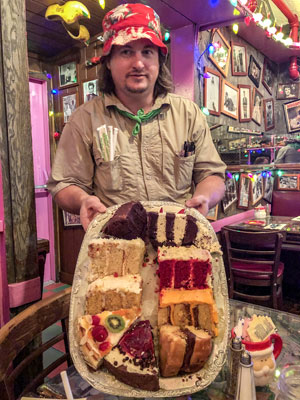 Sanibel’s main thoroughfare is Periwinkle Way, highlighted by interesting shops and restaurants from Sanibel Lighthouse to Tarpon Bay Road. Ice cream lovers will want to be sure to make a stop at Pinocchio’s Original Italian Ice Cream shop.
Sanibel’s main thoroughfare is Periwinkle Way, highlighted by interesting shops and restaurants from Sanibel Lighthouse to Tarpon Bay Road. Ice cream lovers will want to be sure to make a stop at Pinocchio’s Original Italian Ice Cream shop.
On the way to Captiva Island is the J.N. “Ding” Darling National Wildlife Refuge, home to many exotic species of birds and plants. Besides exotic birds, other wildlife species such as manatees, alligators, gopher tortoises and river otters may be seen throughout the refuge.
Visitors can explore the refuge on foot or bicycle, by car or tram tour, paddleboard or boat tour. For families, there’s the new Wildlife Education Boardwalk.
Another great educational experience is the CROW Education Center on Sanibel Island.
Located at the Clinic for the Rehabilitation of Wildlife (CROW), the Education Center is a 4,800-sq.-ft. facility that shows how injured animals are admitted, diagnosed, cared for and released. CROW is a teaching hospital and visitor education centre dedicated to saving wildlife through state-of-the-art veterinary care, research, education and conservation medicine. Visitors can enjoy a self-guided tour about the life-cycle of patients from the time they are admitted until their ultimate re-release into the wild. (www.crowclinic.org/education/visitor-education-center)
For visitors lucky enough to be in the area from May to October, there is an opportunity to witness 300-pound nesting loggerhead sea turtles lay about 100 eggs each. The two-inch-long hatchlings will make the dangerous journey from their protected underground nests to the Gulf of Mexico.
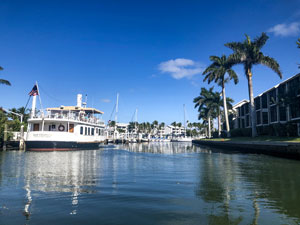 For boaters, this region of Florida is paradise. Travelling off the coast of Sanibel and Captiva islands, boaters will discover more than 100 outer coastal islands. Both North Captiva and Cayo Costa Island Preserve are known for their virtually deserted, yet alluring coastlines and excellent shelling potential.
For boaters, this region of Florida is paradise. Travelling off the coast of Sanibel and Captiva islands, boaters will discover more than 100 outer coastal islands. Both North Captiva and Cayo Costa Island Preserve are known for their virtually deserted, yet alluring coastlines and excellent shelling potential.
For those without boats, rentals and many guided tours are available. One recommendation, Captain Brian Holaway, a certified Florida Master Naturalist – and great storyteller – who offers private small boat charters from Captiva Island.
(www.captainbrianonthewater.com)
Megan Contreras, communications manager at the Lee County Visitor & Convention Bureau, describes The Beaches of Fort Myers & Sanibel as a place where visitors can “unplug and unwind.”
“You can find your perfect vacation in paradise by land or by water. We offer an ‘Old Florida’ charm with unspoiled white sand beaches, beautiful sunsets, exotic wildlife and lush tropical foliage, while staying in tune with modern amenities,” said Contreras. “Many of the area’s 100 coastal islands are uninhabited mangrove clusters that can be explored by kayak, canoe or stand-up paddleboard. Lee County has 590 miles of shoreline and 50 miles of beaches – plus lots of islands to explore, some only by boat.”
 She added, “Nature and wildlife preserves and refuges, kayaking, boating and world-class fishing give visitors something to do 365 days a year. With nonstop seasonal flights from Toronto, Montreal and Ottawa to Southwest Florida International Airport, The Beaches of Fort Myers & Sanibel is a favourite with Canadians.”
She added, “Nature and wildlife preserves and refuges, kayaking, boating and world-class fishing give visitors something to do 365 days a year. With nonstop seasonal flights from Toronto, Montreal and Ottawa to Southwest Florida International Airport, The Beaches of Fort Myers & Sanibel is a favourite with Canadians.”
For agents, there is a designated Travel Agent Help Desk (1-800-237-6444), able to answer any questions your clients might have on the area, including information on attractions, places to eat and where to stay. Agents can also visit https://www.fortmyers-sanibel.com/travel-agent-help-desk.

